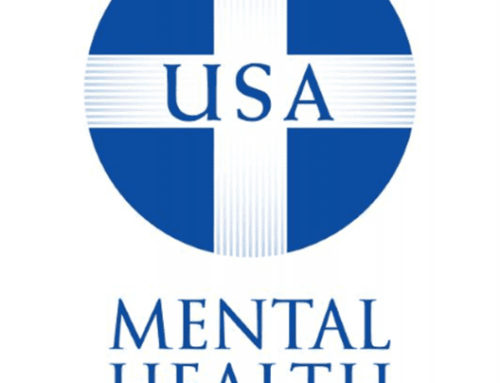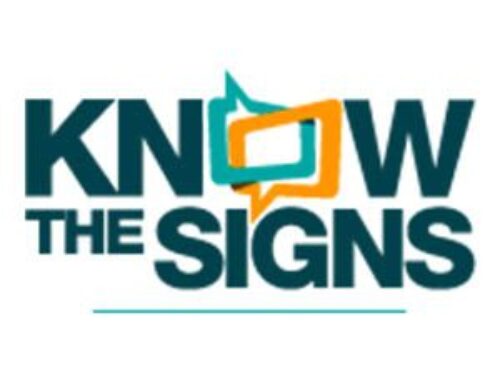If an elementary school has children on quarantine because they were in school with a positive case, and a family also has high school children, should the high schooler stay home as well?
No, they would be a contact to a contact and would only need to symptom monitor. Testing is encouraged.
A parent is symptomatic and in the process of getting tested, should the student be allowed to come to school while parent awaits results?
- If the student is asymptomatic they can go to school.
- If the student has any symptom it would be best to have them stay at home until parent gets their results.
Student has been on quarantine, but parent decided that they didn’t want their child tested. May the student return to school without being tested?
If the student completed their quarantine order and are asymptomatic they may return to school.
CDC recently changed the definition of close contact to a cumulative time, should we change to that process at this time with our contact investigation at school?
- Yes, the information provided in the past was not specific enough with just saying “15 minutes time”. It appears it was inferred that it was 15 minutes at one time, but it should have been a cumulative, or combined, time during the infectious period.
- CDC Definition of Close Contact: Someone who was within 6 feet of an infected person for a cumulative total of 15 minutes or more over a 24-hour period starting from 2 days before illness onset (or, for asymptomatic patients, 2 days prior to test specimen collection) until the time the patient is isolated.
- Example: A student was tested on a Saturday and the result was positive, the contact investigation would go back 48 hours prior to the positive test. So the question would be; who did that student come in contact with over Thursday and Friday at 6 feet or less distance for greater than 15 minutes cumulative time during that time period. If the positive student spent 5 minutes with a person 4 different times throughout the day on Friday, they would have spent greater than 15 minutes of time with that person and that person would be considered a close contact.
Can employees symptom/temperature screen themselves and log the results when they arrive at work?
Yes.
Can students with special needs join a general classroom for individual subjects?
Yes, that is also allowed since special needs individuals require additional exceptions. Seating them along the perimeter of the classroom can help avoid excessive movement within the cohort.
Parents are refusing to have children mask because they are concerned about oxygen depravation due to the inhalation of carbon dioxide, and the effect on the developing brain.
For the vast majority of the general public, there are no health risks when wearing a mask or cloth face covering. Face coverings are designed to be breathed through and there is no evidence that low oxygen levels occur. There are specific medical exemptions that can be found in the CDPH Face Covering Guidance.
If the children are not wearing masks they need to be excluded from in-person instruction.
It is important to remember:
- Wash masks after each use
- Always wear a clean mask
- Do not share masks with others
- When taking masks on and off avoid touching the front of the mask
- Wash or sanitize your hands after touching your mask
Can school cafeteria utilize a ‘Share Bin’ for unused food?
Schools are required to put certain food items on the lunch trays and much of it goes to waste. To reduce the waste and provide additional food items to the kids some cafeterias utilize a ‘Share Bin.’ If a student does not want their milk carton they can put the unopened milk carton in the ‘share bin’ and another student can consume it. This benefits students and prevents unnecessary waste.
Yes, ‘Share Bins’ can be utilized under the following local guidance from Tehama County Health Officer:
- Students can share within their cohort but not with students from a different cohort.
- If possible, each cohort should have their own designated ‘Share Bin.’
- If multiple cohorts eat in the same cafeteria at the same time each cohort should have their own ‘Share Bin’ clearly marked as to which cohort it belongs to. Color coding each bin may be helpful in further distinguishing which bin is for which cohort.
- If one cohort at a time eats in the cafeteria with no other cohorts and the single bin would need to be reused it must be emptied and thoroughly cleaned in between each cohort.
An employee tested positive for COVID-19 within the last 90 days but has since recovered and resumed work. A member of their household has now tested positive for COVID-19. Do they need to be placed on a 10-day quarantine?
No, not if they are within 90 days from their first positive test result. They should symptom monitor and consider having a rapid antigen test; a negative result causes limited concern for active infection, a positive result is a high concern for reinfection and should be treated accordingly.





